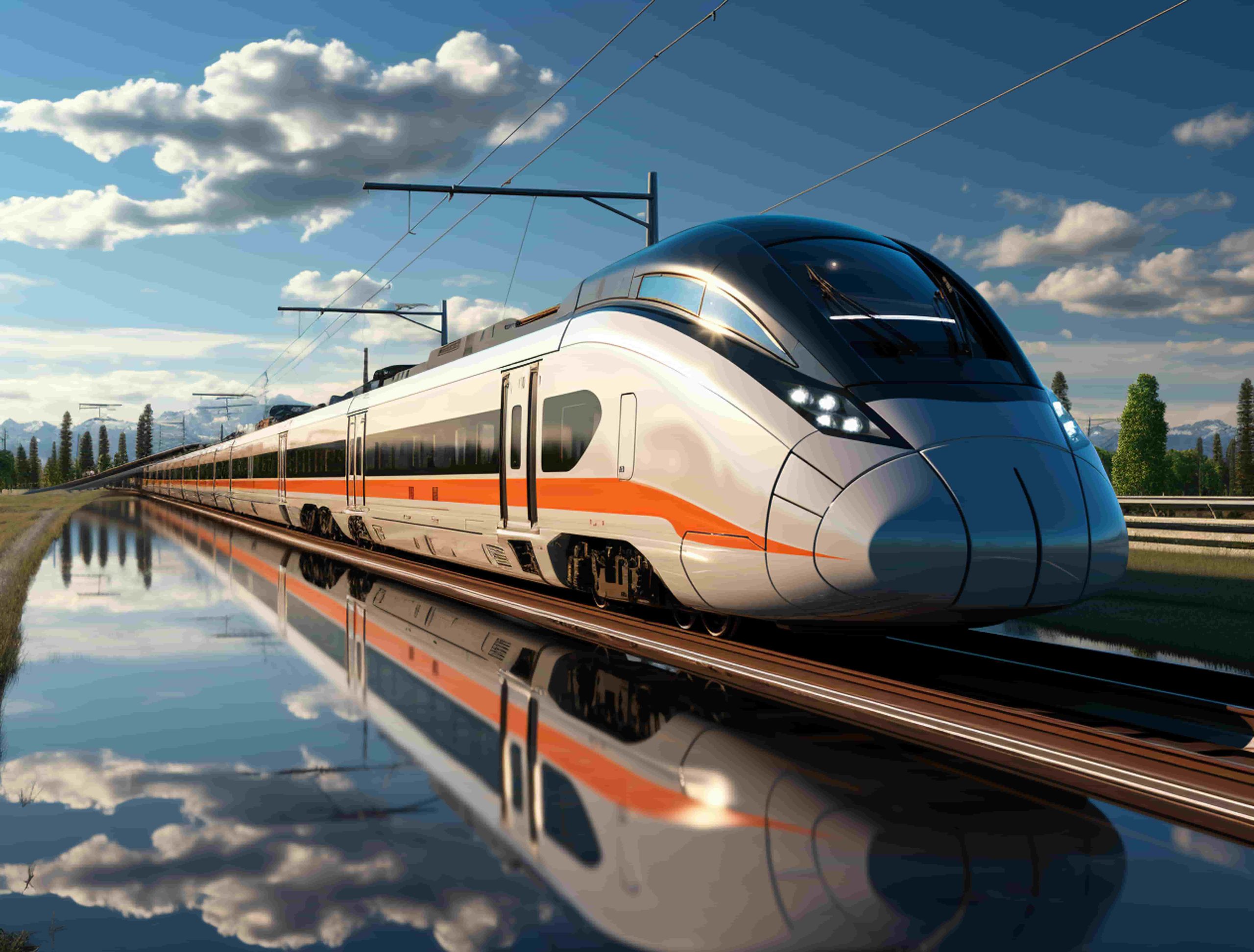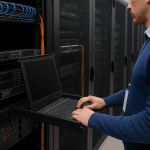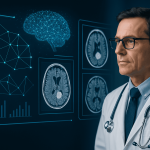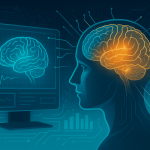
Digital Twins Railway Systems: Safer & Smarter Operations
Digital Twins Railway Systems are changing how trains run, making operations safer, more efficient, and cost-effective. By creating a virtual replica of a railway network, operators can predict and prevent problems before they cause delays or accidents. In this guide, we’ll explore what digital twins are, how they work, and why they’re the future of rail travel.
What Are Digital Twins Railway Systems?
A digital twin is a real-time, virtual model of a physical railway system. It uses sensor data, analytics, and advanced software to mirror and monitor trains, tracks, and stations. This allows operators to make quick, data-driven decisions.
-
Sensors collect data: Onboard and trackside sensors gather information like speed, temperature, and wear.
-
Virtual model updates: The digital twin reflects changes instantly.
-
Predictive analytics: Algorithms identify risks such as track damage or equipment fatigue.
For example, if a wheel bearing overheats, the digital twin flags it before it fails avoiding costly repairs and potential safety hazards.
Why Railways Need Digital Twins Railway Systems
Railway networks face challenges like congestion, maintenance delays, and safety risks. Digital Twins Railway Systems help address these issues with real-time insights.
-
Early detection of issues: Identify wear and tear before it becomes critical.
-
Reduced downtime: Fix problems before they halt services.
-
Safety improvements: Predictive maintenance minimizes accident risks.
A digital twin might detect a track defect miles ahead, allowing engineers to take action before it impacts passengers.
Preventing Failures with Digital Twins Railway Systems
Digital twins can prevent failures in several ways:
-
Component monitoring: Track wheels, brakes, and couplers for early signs of wear.
-
Maintenance optimization: Schedule repairs based on real-time condition, not fixed intervals.
-
Incident prevention: Detect dangerous vibrations or heat spikes before they escalate.
Optimizing Schedules Using Digital Twins Railway Systems
Efficient scheduling is vital for passenger satisfaction and profitability. With Digital Twins Railway Systems, operators can:
-
Monitor train movements live: Track positions, speeds, and stops.
-
Dynamically adjust schedules: Avoid bottlenecks during peak hours.
-
Reduce fuel and energy use: Optimize routes for efficiency.
Major networks like Amtrak use similar approaches to keep services reliable.
Benefits of Digital Twins Railway Systems
The advantages of Digital Twins Railway Systems extend to operators, passengers, and the environment:
Enhanced Safety
Critical assets like brakes and signals are constantly monitored, preventing accidents before they happen.
Cost Savings
By addressing issues early and optimizing maintenance, railways can save millions in repairs and downtime.
Better Passenger Experience
More reliable schedules, fewer breakdowns, and clear communication about delays create happier passengers.
How to Implement Digital Twins Railway Systems
-
Install sensors: Equip trains and infrastructure to collect performance data.
-
Build the digital twin: Use platforms like Siemens Railigent to model the network.
-
Analyze data: Identify inefficiencies, potential failures, and scheduling improvements.
-
Train staff: Ensure engineers and dispatchers can interpret and act on insights.
Real-World Examples of Digital Twins Railway Systems
-
European high-speed networks: Deutsche Bahn uses digital twins to predict maintenance needs and reduce delays.
-
Urban metro systems: Singapore’s MRT employs them to optimize rush-hour schedules and improve commuter flow.
Challenges of Using Digital Twins Railway Systems
While powerful, adopting Digital Twins Railway Systems isn’t without challenges:
-
High upfront costs: Hardware, software, and skilled labor require investment.
-
Data security: Sensitive operational data must be protected from cyber threats.
-
Training requirements: Staff must learn to interpret and act on new insights.
The Future of Digital Twins Railway Systems
The technology is evolving quickly:
-
IoT integration: More connected devices will enhance data accuracy.
-
AI-driven insights: Artificial intelligence will detect rare, complex faults faster.
-
Scalability: Cloud solutions will make adoption affordable for smaller networks.
FAQs
Q: What is a Digital Twin Railway System?
A: A virtual model that mirrors a railway network in real time for monitoring and optimization.
Q: How does it prevent failures?
A: It detects wear or faults early so repairs happen before breakdowns occur.
Q: Does it improve schedules?
A: Yes — it adjusts routes and timings dynamically to reduce delays.
Q: Is it expensive?
A: Initial costs are high, but long-term savings outweigh them.
Conclusion
Digital Twins Railway Systems are revolutionizing train operations worldwide. By predicting failures, optimizing schedules, and boosting safety, they save railways money while improving the passenger experience. As IoT and AI advances continue, expect these systems to become standard in rail networks globally. Now is the time for operators to explore and adopt this transformative technology.
Author Profile

- Online Media & PR Strategist
- Hello there! I'm Online Media & PR Strategist at NeticSpace | Passionate Journalist, Blogger, and SEO Specialist
Latest entries
 ColocationNovember 12, 2025Colocation Security Model Implementation
ColocationNovember 12, 2025Colocation Security Model Implementation Artificial InteligenceNovember 7, 2025SAP AI Strategy Enterprise Advances and Developer Tools
Artificial InteligenceNovember 7, 2025SAP AI Strategy Enterprise Advances and Developer Tools Scientific VisualizationOctober 29, 2025Federated Learning Technology in Medical Privacy AI
Scientific VisualizationOctober 29, 2025Federated Learning Technology in Medical Privacy AI Scientific VisualizationOctober 29, 2025Brain Visualization Ethics: Balancing Innovation and Privacy
Scientific VisualizationOctober 29, 2025Brain Visualization Ethics: Balancing Innovation and Privacy

